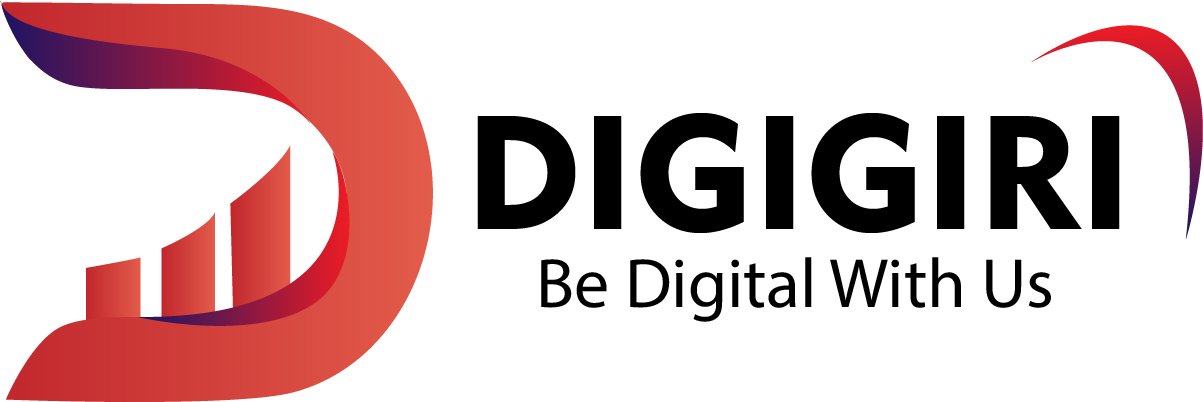Google Ads, a prominent PPC marketing platform, emerged in 2000 with a modest 350 advertisers. Now, it boasts over 2 million marketers and has evolved into a multi-billion dollar platform. In today’s fiercely competitive environment, making the most of all available resources is pivotal for achieving success.
Google’s assessment of your relevance through the quality score significantly affects your Ad rank, forming a crucial element in your marketing strategies. This guide delves into the definition of quality score, identifies priority types, underscores their importance, and provides effective methods to enhance your own score.
What do you mean by Google Ads Quality Score?
The Google Ads Quality Score serves as a figure of your ad’s relevance to your audience. It considers different elements that influence ad rank, including Expected Clickthrough Rate, Landing Page Experience, and Ad Relevance.
Ranging from 1 to 10, it acts as a compass for marketers, directing efforts to boost customer engagement, much like a diagnostic tool in a car, highlighting areas for ad or website refinement.
Check out the 5 ways to enhance the quality score
Improving your Quality Score is essential for better ad performance. Here are five tips to boost your score:
Monitor Impression Share: Keep an eye on how often your ads are displayed in relation to their potential visibility. A higher impression share indicates better ad delivery.
Optimize Keyword Relevance: Strike the right balance with your keywords – avoid going too broad or too niche. Optimal keyword selection ensures your ads stand out.
Enhance Ad Relevance: Organize your ads based on target audience, keywords, and themes to improve their relevance to search queries. Google values this connection.
Align Landing Pages with Ad Groups: Sync your landing pages with your ad groups to maintain consistency and satisfy Google’s criteria for ad honesty and relevance.
Improve Page Loading Speed: Even though it’s a Quality Score, your landing page’s loading speed matters. A smooth user experience contributes to a better Quality Score and a higher website ranking.
Conclusion: Sustain Your Quality Score
Attaining a high rank is just the start; it’s equally important to sustain it. Google regularly evaluates websites, and though your quality score shifts gradually, it can mislead companies into thinking they’re doing well while slowly declining. Monitoring keywords, scores, and Google’s algorithm changes enhances your chances of keeping a strong position.
Google doesn’t just look at your current score but also considers its history. Marketers value longevity in rankings. Hence, whether your rank is high or not, consistently bettering your score is crucial to making a lasting impact on Google and your audience.
FAQS
How does quality score impact ad rank and cost?
Ad rank is shaped by both your bid amount and quality score. A higher quality score enables a higher ad rank with a potentially lower bid, reducing your cost-per-click and optimizing ad performance.
What includes the quality score?
The quality score relies on three key elements: expected click-through rate (CTR), ad relevance, and landing page experience. These factors gauge the likelihood of user engagement, the alignment of your ad with their search intent, and the quality of your landing page.
What is Google Ads’ quality score?
Google Ads’ quality score, rated from 1-10, signifies the quality and relevance of your keywords, ads, and landing pages concerning user search queries. Elevated quality scores lead to improved ad performance and reduced costs.

